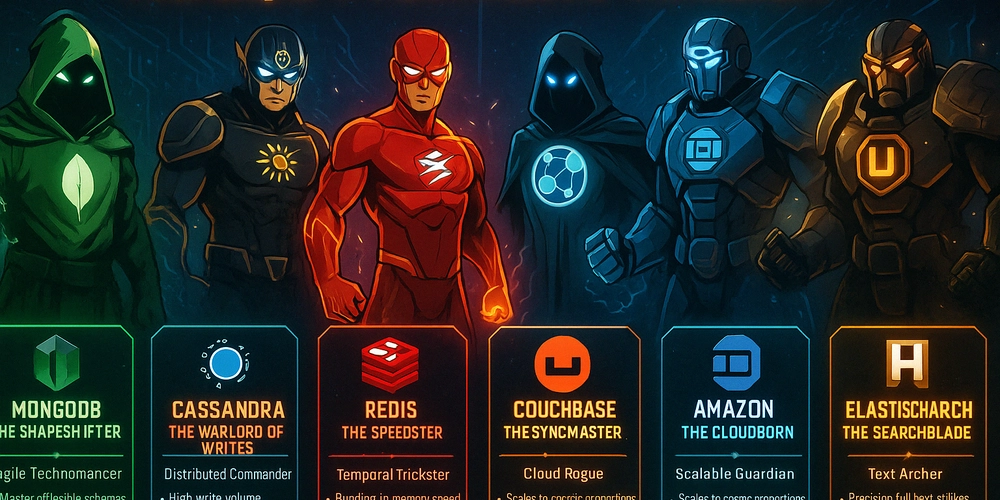
Navigate the Cyber Kill Chain: Your Guide to Thwarting Attacks
Cybersecurity isn't just damage control; it's about predicting and preventing attacks. The Cyber Kill Chain provides a crucial framework for understanding attacker methodology, helping you proactively defend your systems. Let's dive into how this model can help you anticipate and disrupt cyber threats.
What is the Cyber Kill Chain? Understanding the 7 Stages
The Cyber Kill Chain, introduced by Lockheed Martin, outlines the seven key stages of a cyberattack:
- Reconnaissance: Attackers gather intelligence about their targets. This includes identifying vulnerabilities, and understanding employee behavior.
- Weaponization: Cybercriminals craft malicious payloads tailored to identified vulnerabilities.
- Delivery: The malicious payload is transmitted via methods such as phishing emails or compromised websites.
- Exploitation: Attackers exploit vulnerabilities to gain unauthorized access to the system.
- Installation: Malware is installed to maintain persistent access to the compromised system.
- Command & Control (C2): Attackers establish remote access to the system, allowing them to manipulate it.
- Actions on Objectives: cybercriminals achieve their goals, such as data theft, service disruption, or lateral movement within the network.
Why Use the Cyber Kill Chain Model for Threat Management?
The Cyber Kill Chain provides a structured approach to analyzing and responding to cyber threats, leading to several key benefits:
- Enhanced Threat Analysis: Understand each phase of an attack to improve your defenses.
- Improved Planning: Develop targeted security measures based on attacker behavior.
- Proactive Security: Shift from reactive responses to proactive threat hunting.
- Better Communication: Facilitate clear communication among security teams.
- Aligned Security: Ensure security measures support overall business objectives.
Where the Cyber Kill Chain Falls Short: Addressing the Criticisms
Despite its benefits, the Cyber Kill Chain has limitations:
- Overemphasis on Perimeter Security: It may not fully address threats in modern cloud environments
- Limited Scope: It struggles with insider threats and social engineering attacks
- Rigid Structure: The linear progression doesn't always reflect real-world attacks, which may jump stages or occur simultaneously.
Cyber Kill Chain vs. MITRE ATT&CK: Choosing the Right Framework
While the Cyber Kill Chain provides a high-level view, the MITRE ATT&CK framework offers a more detailed and adaptive approach.
- MITRE ATT&CK: This framework catalogues real-world tactics and techniques used by attackers. It's ideal for threat detection and hunting. It also covers a wider range of threats, including zero-day exploits.
- Cyber Kill Chain: Great for a strategic overview of common attack patterns.
Think of the Cyber Kill Chain as a map and MITRE ATT&CK as a detailed street directory. Using them together provides the best approach to threat management.
How To Implement Cyber Kill Chain framework for proactive cybersecurity
The Cyber Kill Chain is a valuable cybersecurity tool that helps you understand and combat cyberattacks. Understanding the kill chain stages helps security teams stay one step ahead of attackers. While the Cyber Kill Chain isn't perfect, combining it with frameworks like MITRE ATT&CK provides a strong foundation for a robust security strategy.























